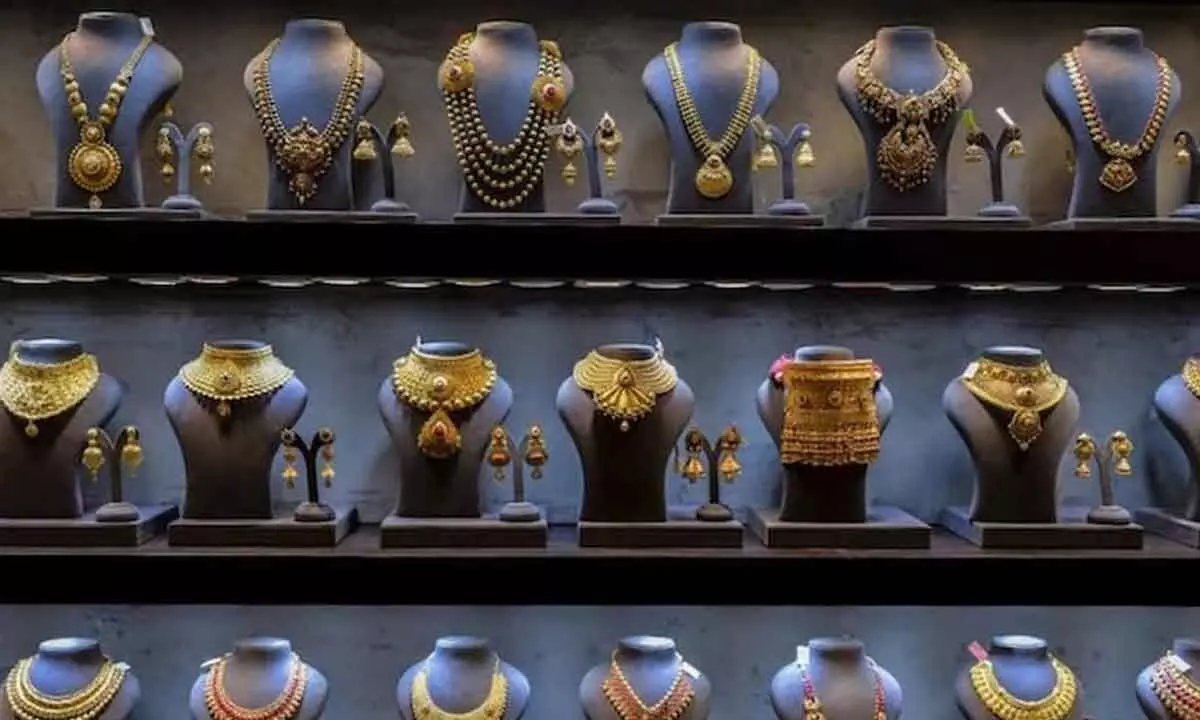Icrier paper recommends more openness, clarity in SEZ policy
Asks govt to remove restrictions on imports of raw materials and intermediate products, and support training and research and development for a robust SEZ policy
image for illustrative purpose

The government should enhance data collection on special economic zones (SEZs), bring definitional clarity in the Development of Enterprises and Services Hub (DESH) Bill, 2022, remove restrictions on imports of raw materials and intermediate products, and support training and research and development for a robust SEZ policy.
These are the recommendations made by a recent working paper of the Indian Council for Research on International Economic Relations (Icrier), titled 'Can Non-Fiscal Incentives Like Reverse Job Work Revive the SEZ? The Case Study of Gems and Jewellery Sector in India.'
Authored by Arpita Mukherjee, Nida Rahman, and Eshana Mukherjee, the objective of the paper was to study how the gems and jewellery units operating in the Indian SEZs can be revived through incentives such as reverse job work.
Reverse job work implies the job work that SEZ units do for domestic tariff area (DTA) retailers and manufacturers when the export demand is low. The area and territorial waters of India other than SEZs are known as DTA - that is, any area other than SEZs.
The gems and jewellery sector is among the key sectors located in Indian SEZs. The share of gems and jewellery exports in total exports from SEZs was around 24 per cent in 2019-20. Prior to 2019, there were around 500 gems and jewellery units in the SEZs, primarily driven by three benefits offered: (i) infrastructure, (ii) ease of doing business, and (iii) availability of fiscal and non-fiscal benefits. However, in recent years, many gems and jewellery units exited out of the SEZs and during 2021-22, there were close to 360 gems and jewellery units in the Indian SEZs. During 2020-21, the share of gems and jewellery in total exports from SEZs also declined to 15.7 per cent. This is because of multiple reasons including better non-fiscal incentives received by firms in other competing countries, withdrawal of fiscal benefits in India, pandemic-related demand and supply disruptions, and SEZ-related policy uncertainties, the Icrier paper said.
In Indian SEZs, fiscal benefits were tied to the net foreign exchange earnings (NFE) criteria. However, the United States challenged a number of Indian export promotion schemes, including the SEZ, in the WTO and won the case in 2019, leading to the withdrawal of export-linked subsidies to SEZs. This prompted India to design WTO compatible zones. This also necessitated a new legislation, which the government is in the process of initiating - the DESH Bill.
A key finding of the Icrier is that global demand and Indian exports are changing. In the past, the bulk of exports were in the heavy handcrafted gold jewellery and cut and polished diamonds categories. During 2010-21, however, exports in these segments grew marginally, at a compound annual growth rate (CAGR) of 1 per cent and 0.7 per cent respectively. But exports in new product categories such as lab-grown diamonds grew at a CAGR of 48 per cent during 2010-21.
"As competing countries such as Turkey have swayed the global market in light-weight gold jewellery for which demand is rising, there is a need for Indian SEZ units to move into newer products and, within each product category like gold jewellery, towards segments like light weight gold jewellery," the study says.
Given the sluggish exports of traditional gems and jewellery products such as heavy handcrafted gold jewellery and rise in imports of raw materials related to them, there are concerns related to negative trade balance of trade in SEZs.
The Icrier researchers also found that investment in R&D, advanced technology, and skilling of the workforce is low in gems and jewellery SEZ units. Also, foreign direct investment in SEZ units is negligible. There is a need for both WTO-compliant fiscal and non-fiscal incentives to boost the sector.
On the positive side, the Icrier researchers found that there is a growing demand in the domestic market for the jewellery produced in Indian SEZs. "Most domestic retailers felt that sourcing from the SEZs would be beneficial in providing good quality products at low price, which can replace imported products, create employment in the sector, and align with the Indian government's Aatmanirbhar Bharat Abhiyan and Make in India initiatives."
According to 58 per cent of the DTA retailers, products of SEZs have better finishing and a variety of Western designs. As many as 89 per cent of DTA retailers agreed that Indian SEZs should be allowed to sell their products to domestic retailers, subject to payment of duty, the paper says.

